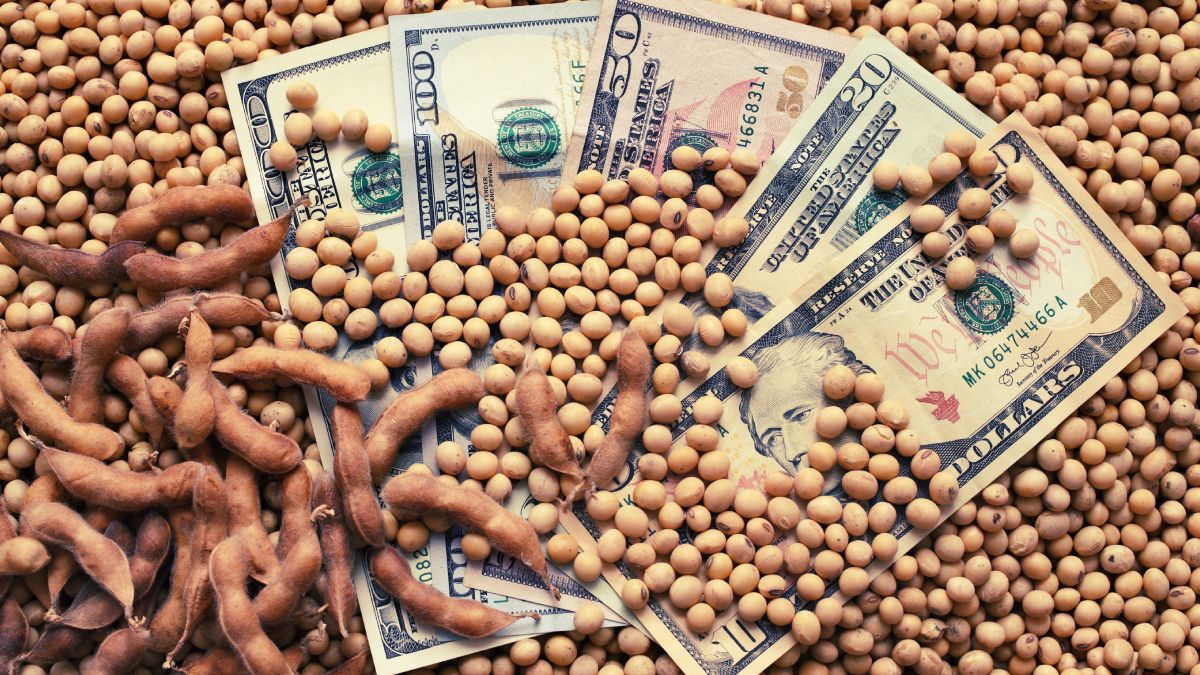A more favorable climate will allow a greater volume of shipments abroad of the main grains and byproducts., but in any case a fall in international values would limit the impact of this growth. Thus, a report by Fundación Capital estimated that For next year, agricultural exports will exceed US$32 billion.
In this way, as Ecolatina pointed out, “This rebound would allow a notable improvement in the income of foreign currency via exports and greater collection for Export Rights, in addition to contributing to driving the economic activity of agriculture and associated sectors.”
That is why a study by Fundación Capital analyzed the prospects of “one of the sectors that contributes the most foreign currency to the country.” In that case, they highlighted that “the development of the coarse harvest will have to be monitored, with rains that have not yet been consolidated throughout the national territory and that have limited the fine harvest.”
“Thus, although some normalization of the flow of dollars is expected towards 2024, this will not be total: in a scenario where the climate risk dissipates, some US$13.18 billion would be recovered of the US$19.3 billion that were lost in 2023 due to the severe drought“, estimated the study, who predicted that by 2024 Agricultural exports are expected for about US$32.6 billion.
In any case, if the forecast estimates are met, the foreign exchange generated by agricultural exports in 2024 will be below the figure reached in 2022 (US$35,395 million) and 2021 (US$33,615).
However, the report detailed that “the end of the drought and the expected presence of the El Niño climate phenomenon (which implies abundant rainfall in most of the national agricultural area) would imply a thick 2023/2024 campaign reaching 105 million tons. between corn and soybeans, according to the Buenos Aires Cereal Exchange.”
“In detail, An oilseed harvest of 50 million tons is anticipated, 132.6% higher than the previous cycle and 1.8% above the average of the last five campaigns, excluding the drought years.. For its part, corn production would reach 55 million tons, being 71.9% above last season and 12.8% above the average of the last five,” the study added.
In any case, the analysis highlights, A moderation in prices is expected towards next year, reaching an average of 8.3% below 2023, “in line with a greater global supply of grains and the continuity of a contractionary monetary policy worldwide.” Regarding the first point, according to the United States Department of Agriculture (USDA), an increase of 5.1% is expected in global corn production and an 8.4% increase in soybean production. Meanwhile, regarding monetary policy, it is expected that “the global context of high interest rates will continue during 2024, which could also generate a ceiling for commodities.”
The rains came
In fact, good signs regarding climate have begun to be observed in recent days. Last week, the Rosario Stock Exchange indicated that The rains “arrived just in time to stop the decline in wheat yields.”
“The rainfall, which lasted from October 20 to 24, They arrived at the right time for wheat, which was in fair to poor condition before the rains. The persistent drought had led to discounts in yields. However, the arrival of more than 30 millimeters of rain in 90% of the core region has been a lifesaver for this crop,” the entity explained.
And this Monday, they highlighted the “good news for the core region: it is raining and it will continue to rain.” “The rains of recent days are expected to continue until Wednesday or Thursday, with the expectation of an additional, lower intensity storm. The precipitation was concentrated in areas such as the northwest of Buenos Aires, the east of Córdoba and the north of Rosario,” the BCR report concluded.
Source: Ambito




